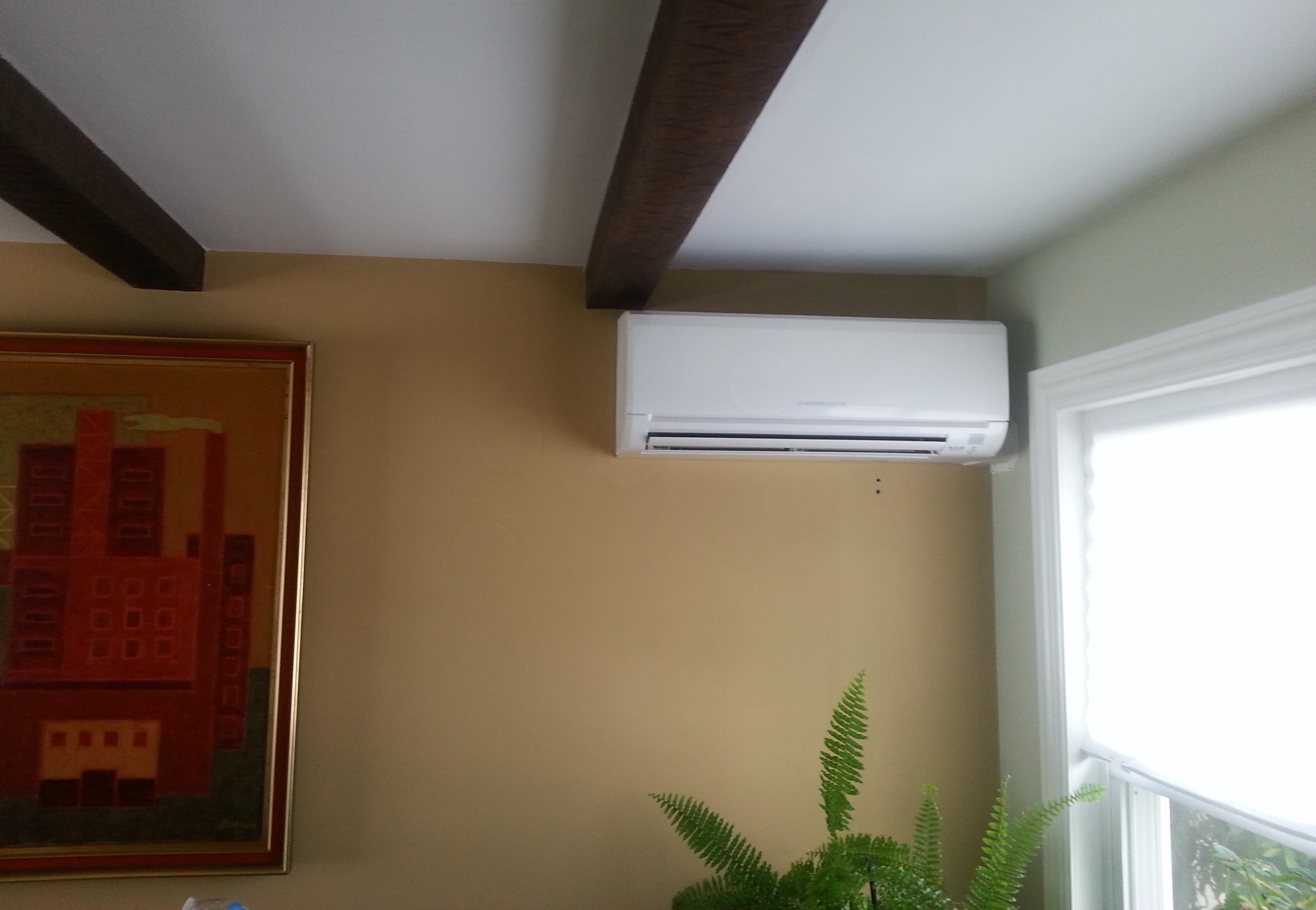Single-Zone vs Multi-Zone Ductless Mini Splits: Unveiling the Ultimate Heating & Cooling Showdown!
Ductless mini splits come in variety of configurations and design, but probably the main difference is single-zone and multi-zone. Ductless mini splits, with their intricate design variations, cater to diverse spatial and climatic requirements. While single-zone units precisely target a solitary space, offering meticulous control over its ambiance, multi-zone variants allow for simultaneous regulation of multiple chambers, manifesting versatility in temperature modulation.

A sleek ductless mini split unit, find out which is right for you Single-Zone Vs. Multi-Zone Systems
What is a zone?
A zone is a “comfort” zone. To make it simple – a central AC system is a single zone, because it is controlled by one thermostatic controller. This is also in its name “central”- all rooms are being controlled by the same thermostat; and therefore the whole house is one zone.
Another example of a single-zone is a window AC unit. The window AC is being controlled by a built-in thermostat that senses the temperature in a particular room (where the window AC is installed) and therefore controls the temperature only in that room.
A single-zone ductless mini split system is a one-to-one configuration, means it is installed in a single room using a single indoor unit connected to a matching outdoor unit. This system controls climate in only one comfort zone (one room), while it does not affect other areas in your home. A single-zone ductless mini split system come in air-conditioning (cooling only), and heat pump (both, heating and cooling) configurations. No more than one indoor unit can be connected to a single-zone outdoor unit, so if you are planning for expansion (adding more indoor units to cool or heat other rooms in your house), then you would be better off with a multi-zone ductless mini split.
A multi-zone ductless mini split allows one compressor (outdoor unit) to be connected to two or more indoor units. The number of indoor units depends on the number of zones (or rooms) that you have chosen for cooling and heating, and the outdoor unit design. In other words, there are several different multi-zone outdoor units, with different amount of indoor unit connections. A multi-zone outdoor unit can be connected to up to eight indoor units.
Both, single-zone and multi-zone systems provide year-round comfort and are up to 40% more efficient than traditional systems. When utilizing a zoned configuration, each heat pump system consists of one or multiple ducted or ductless air handlers and an outdoor condensing unit. One outdoor unit can control up to eight indoor units, providing personalized temperature control, in each individual space, depending on the occupant's preference. Refrigerant lines connect the indoor unit to the outdoor unit.
During summer, the system produces air conditioning when refrigerant absorbs heat energy from inside your home and expels it outdoors. During winter, the heat transfer process reverses as refrigerant extracts heat energy from the outside air and transfers the heat inside to warm your home.
With the outdoor unit operating with INVERTER-driven compressor technology, the system speeds up or slows down to match the precise cooling and heating requirements of the space, keeping efficiencies high and costs down.
Back Home - Richair Comfort Solution - Ductless Mini Split Systems Top Quality Installations and Professional Service.
Was This Article Helpful?
RECENT POSTS

